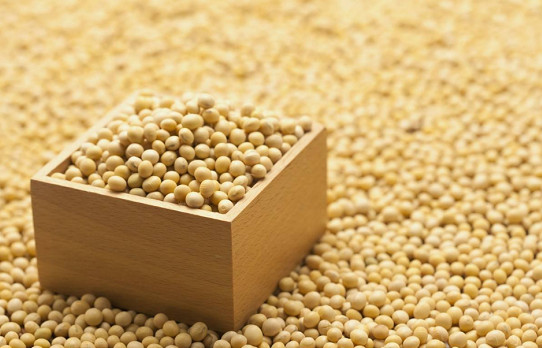Extrusion process of soybean protein

With the in-depth study of protein matrix modification and understanding of its properties, traditional plastic processing methods such as extrusion, injection molding are still more complete. The microwave drying machinery invented by our company can extract soybean protein more quickly and more nutritious.
Thermoplastic composites consisting of soybean protein, carbohydrate filler, reducing agent, plasticizer, water and other additives have better flow processability. Solid products were prepared by microwave extrusion, which have biodegradability, high tensile strength and water resistance, and soybean protein and plasticizer were extruded and granulated. And then injection molding, blow molding and molding.
Soybean protein plastic sheets with good mechanical properties were prepared by extrusion of soybean extruder with CO-PLASTICIZED glycerol and water at a lower temperature (60 ~115) and then at a higher temperature (120 ~160).
In the extrusion process, soybean protein materials must be plasticized with a large amount of water to be extruded into sheets. At the same time, reductant should be added to destroy the disulfide bond of the protein itself to improve the processability of the protein. Although this is conducive to extrusion melt processing, it will inevitably damage the mechanical properties of the protein materials and its mechanical properties. His related properties limit the application of protein plastics.
In order to improve the mechanical properties of soybean protein, the effects of some additives on the processing difficulty, water resistance and mechanical properties of protein plastics were studied.
The water content and water absorption properties of different materials are tested as shown in Table 2. The formula contains 100 parts of protein, 70 parts of water and 30 parts of glycerol. It can be seen that the water content and water absorption of the sheets containing soybean oil and stearic acid are slightly lower than those of the pure protein sheets. But in the SPI / chitosan blends, because chitosan itself is insoluble in water, with the increase of its proportion in the blends, the water resistance of the materials increased significantly. PVA, SDS, starch as additives, because the additives have obvious water absorption, and the water absorption rate of the corresponding materials is higher.
(1) Adding proper amount of soybean oil and stearic acid to SPI system can improve extrusion stability while maintaining tensile strength, but it can reduce elongation at break.
(2) The strength and water resistance of the material can be improved by blending SPI with chitosan, and the melt fluidity can be improved by blending with PVA and starch, but the tensile strength and elongation at break of the material are decreased.
- The tensile strength and water resistance of the material can be improved by adding Zn2+ into SPI system.